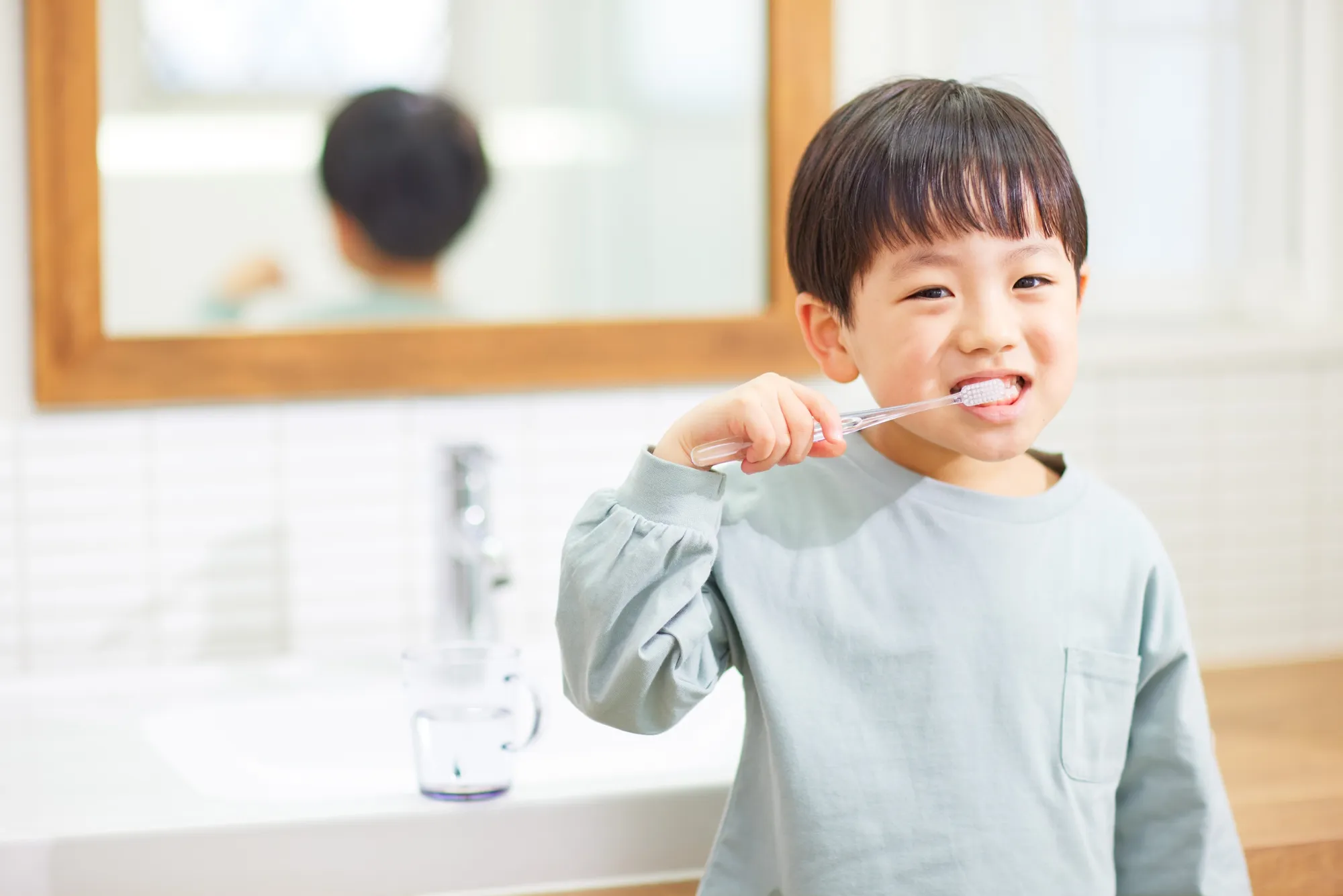Getting kids to brush their teeth can feel like a daily battle for many parents. The struggle is real—whether it’s the resistance to the toothbrush, complaints about the taste of toothpaste, or simply a lack of interest. However, fostering good oral hygiene habits early is crucial for lifelong dental health. This article explores natural, engaging, and stress-free ways to introduce kids to brushing, incorporating painless dental treatment for children and dental sealants for kids to ensure their smiles stay bright and healthy.
Why Early Dental Habits Matter
Good oral hygiene in childhood sets the foundation for healthy teeth and gums in adulthood. According to the American Dental Association, children who establish consistent brushing habits are less likely to develop cavities and gum disease. However, the process of teaching kids to brush can be daunting, especially when they’re reluctant. By making brushing fun, natural, and part of their routine, parents can help kids embrace oral care without it feeling like a chore. Painless dental treatment for children, such as routine cleanings and dental sealants for kids, can further protect their teeth while reinforcing the importance of brushing.
Step 1: Make Brushing Fun and Engaging
Kids respond best to activities that feel like play. To introduce brushing naturally, turn it into a game or a fun ritual. Here are some practical ideas:
-
Choose a Kid-Friendly Toothbrush: Let your child pick a toothbrush with their favorite character or vibrant colors. Soft-bristled brushes designed for kids are gentle on gums and make brushing more appealing.
-
Sing a Brushing Song: Create a short song or use a popular tune to sing while they brush. For example, adapt “Twinkle, Twinkle, Little Star” to a brushing theme. This helps kids brush for the recommended two minutes.
-
Use a Timer or App: Many apps designed for kids feature animated characters that guide them through brushing. These tools make the process interactive and ensure they brush long enough.
By associating brushing with fun, kids are more likely to look forward to it. These methods also lay the groundwork for painless dental treatment for children by creating positive associations with oral care.
Step 2: Use Natural, Kid-Safe Products
Kids are often sensitive to strong flavors or textures, which can make traditional toothpaste off-putting. Opt for natural, kid-friendly toothpaste options that are free from artificial flavors, dyes, or harsh chemicals. Look for products with ingredients like xylitol, which is naturally sweet and helps fight cavity-causing bacteria. Avoid fluoride toothpaste for very young children (under two) unless recommended by a dentist, as they may swallow it.
You can also introduce brushing without toothpaste initially. A wet toothbrush can still clean teeth effectively, allowing kids to get comfortable with the motion. As they grow accustomed to brushing, gradually introduce a pea-sized amount of natural toothpaste. This approach aligns with painless dental treatment for children, ensuring the experience is gentle and non-threatening.
Step 3: Lead by Example
Kids learn by watching their parents. Brush your teeth alongside your child to model good habits. Make it a family activity—stand together at the sink, mirror each other’s brushing motions, and talk about why you’re doing it. For example, you might say, “I’m brushing to keep my teeth strong, just like you!” This not only normalizes brushing but also makes it a bonding experience.
You can also share stories about your visits to the dentist, emphasizing how painless dental treatment for children, like cleanings or dental sealants for kids, keeps your smile healthy. This helps demystify dental care and reduces anxiety about future dentist visits.
Step 4: Teach Proper Brushing Technique
Once kids are excited about brushing, teach them the correct technique in a simple, age-appropriate way. Explain that they need to clean all surfaces of their teeth—front, back, and chewing surfaces. Use phrases like “scrub the sparkles” to make it fun. For younger kids, guide their hand to show them how to move the toothbrush in small, gentle circles.
Consider using a mirror so they can see what they’re doing. You can also use disclosing tablets (available at most pharmacies) that temporarily stain plaque, showing kids where they need to brush better. This visual feedback is both educational and engaging.
Step 5: Incorporate Dental Sealants for Kids
To complement brushing, talk to your child’s dentist about dental sealants for kids. These thin, protective coatings are applied to the chewing surfaces of back teeth, where cavities are most likely to form. Sealants act as a barrier, preventing food and bacteria from getting trapped in the grooves of molars. The application process is quick and non-invasive, making it a perfect example of painless dental treatment for children.
Explain sealants to your child in simple terms: “It’s like a superhero shield for your teeth!” This can motivate them to take brushing seriously, knowing their teeth have extra protection. According to the Centers for Disease Control and Prevention, sealants can reduce the risk of cavities in school-aged children by up to 80%.
Step 6: Create a Consistent Routine
Consistency is key to building lifelong habits. Set specific times for brushing—morning and bedtime work well for most families. Use a visual chart or calendar where kids can place stickers for each successful brushing session. This positive reinforcement encourages them to stick with it.
If your child resists, stay calm and patient. Avoid forcing them, as this can create negative associations. Instead, gently remind them of the benefits, like keeping their teeth “super shiny” for their next dentist visit, where they might receive painless dental treatment for children, such as a fun cleaning or checkup.
Step 7: Address Fears and Misconceptions
Some kids resist brushing because they’re afraid of the dentist or associate oral care with discomfort. Address these fears by talking openly about what happens at dental visits. Explain that modern dentistry focuses on painless dental treatment for children, using gentle techniques and tools designed for kids. Reading books or watching videos about friendly dentist visits can also help.
If your child is anxious, start with short brushing sessions and gradually increase the time. You can also ask your dentist about dental sealants for kids during their next visit, as this preventive measure requires no drilling or discomfort, further easing their fears.
Step 8: Reward Progress
Positive reinforcement works wonders. Celebrate small milestones, like a week of consistent brushing, with non-food rewards like extra storytime or a trip to the park. Avoid sugary treats as rewards, as they can counteract your efforts to promote dental health.
You can also tie rewards to dental visits. For example, after a successful checkup, praise your child for their bravery and remind them how their brushing habits helped keep their teeth healthy. This reinforces the connection between daily brushing and positive dental experiences.
Conclusion
Introducing kids to brushing naturally is about making oral hygiene fun, approachable, and part of their daily routine. By using engaging techniques, natural products, and positive reinforcement, parents can help kids develop habits that last a lifetime. Incorporating painless dental treatment for children, like regular cleanings and dental sealants for kids, further supports their oral health without stress or discomfort. Start small, stay consistent, and watch your child’s smile shine brighter every day.








